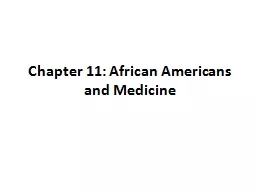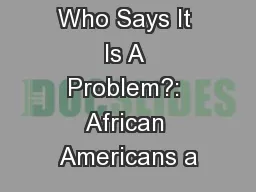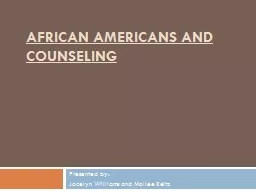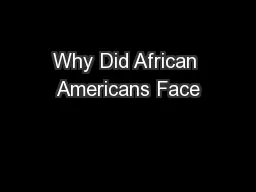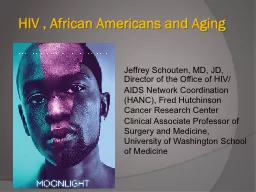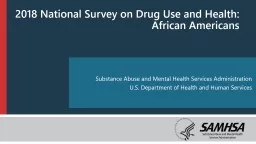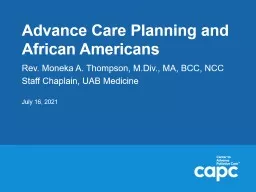PPT-Chapter 11: African Americans and Medicine
Author : briana-ranney | Published Date : 2016-09-02
Introduction Chapter 10 defined sexism as the unjustified discrimination against a person because of the persons gender It examined in a medical context how sexist
Presentation Embed Code
Download Presentation
Download Presentation The PPT/PDF document "Chapter 11: African Americans and Medici..." is the property of its rightful owner. Permission is granted to download and print the materials on this website for personal, non-commercial use only, and to display it on your personal computer provided you do not modify the materials and that you retain all copyright notices contained in the materials. By downloading content from our website, you accept the terms of this agreement.
Chapter 11: African Americans and Medicine: Transcript
Download Rules Of Document
"Chapter 11: African Americans and Medicine"The content belongs to its owner. You may download and print it for personal use, without modification, and keep all copyright notices. By downloading, you agree to these terms.
Related Documents

